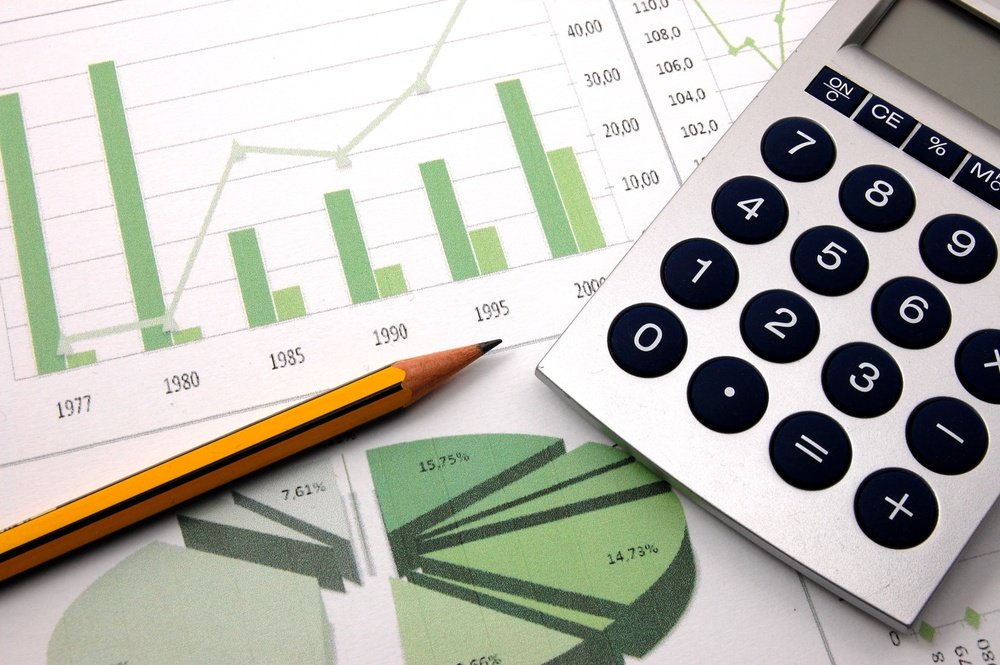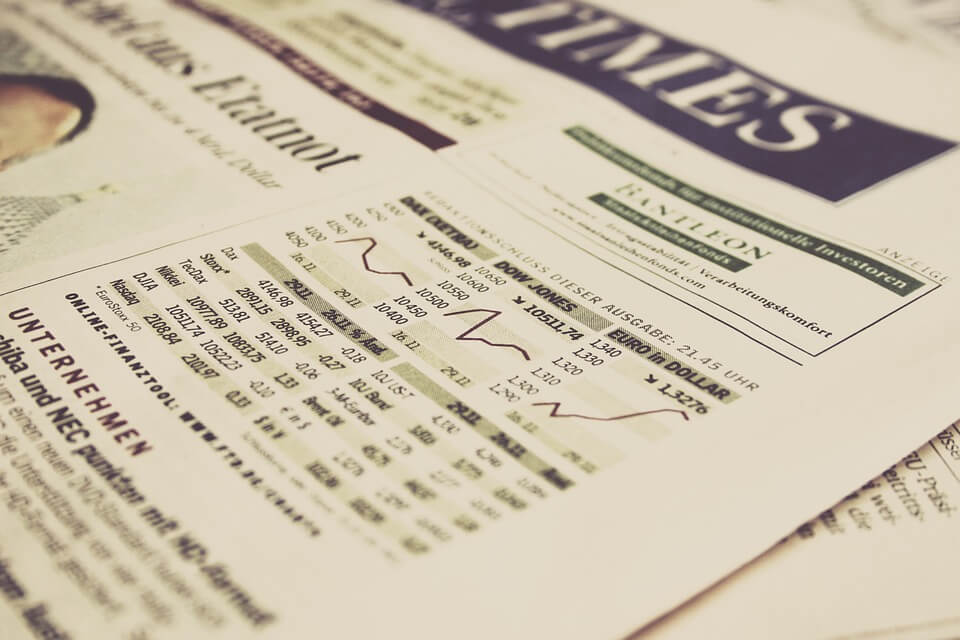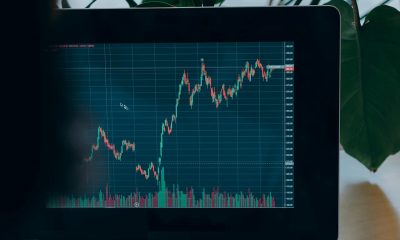Featured
What you need to know about convertible bonds
Investors must weigh the pros and cons when investing in convertible bonds.

Investors who want another investment option can consider convertible bonds. However, new investors might be confused as to the difference between bonds or stocks. According to Investopedia, convertible bonds can be both bonds or stocks but not at the same time. Moreover, convertible bonds are corporate bonds that can be converted into common stock by the issuing company.
Bondholders can exchange a convertible bond at a certain price for common stock in the company. The number of shares for each bond and the price paid for shares can be determined when a convertible bond is used. In addition, convertible bonds are considered as a low-risk investment, as it gives investors leeway because it can be exchanged for another security when there are high risk and high return.
How it works
Here’s how a convertible bond works in a real-world setting. According to Investopedia, if a company issues a $1,000 value convertible bond paying 4 percent interest with a convertible ratio of 100 shares of the company for each convertible bond with a maturity of 10 years for $1,000.
A year before maturity, an investor is allowed to $1,000 in principal and an additional $40 in interest payments. If an investor chooses to convert the bond into an equity, he receives a total of $1,040. If a company’s shares are trading at $11 following a good quarter, 100 shares of the company are worth $1,100. This value surpasses the worth of the bond and an investor will most likely convert the bond into an equity and could sell it on the market for $1,100.
If you want to invest in convertible bonds, do research and look into consulting a stockbroker. Major fund companies offer mutual funds that invest in convertibles. These include Calamos Convertible, Fidelity Convertible Securities, Vanguard Convertible Securities and Franklin Convertible Securities.
Another option is to look into exchange-traded funds (ETFs) such as SPDR Barclays Capital Convertible Bond ETF or PowerShares Convertible Securities Portfolio. With these two options in mind, investors should remember that funds and ETFs are represented by large portfolios of convertible securities and that they track the stock closely as time passes.

Convertible funds can act as a form of stock but not perform both as stock and bond. (Source)
The pros and cons of investing in convertible bonds
As with any other type of investment, convertible bonds also comes with its own pros and cons. One such advantage with convertible bonds is that the delayed method of equity financing is a delayed dilution of common stock and earnings per share. For companies, they are able to use convertible bonds to offer the bond at a lower coupon rate than a straight bond. In addition to this, no matter how profitable a company is, convertible bondholders only receive a fixed, limited income until conversion. Bondholders also do not have a say in voting directors as this is in the hands of common stockholders.
Meanwhile, convertible securities are at risk of diluting the EPS of a company’s common stock as well as the control of a company. Another disadvantage is that convertible bonds are more at risk of bankruptcy than common stocks. If the maturity is short, there is a greater risk. Lastly, heavily using debt can affect the way a company is able to finance its operations in times of economic stress. This means that companies may refuse to advance funds except on well-secured loans.
(Featured image by DepositPhotos)

-

 Impact Investing2 weeks ago
Impact Investing2 weeks agoHigh Awareness, Low Adoption: The VSME Challenge for European SMEs
-

 Crypto6 days ago
Crypto6 days agoBitcoin in 2025: Mainstream Momentum, Price Weakness, and a Pivotal Year Ahead
-

 Biotech2 weeks ago
Biotech2 weeks agoCAR-T Therapies: From Breakthrough Cancer Treatment to Faster, Safer, and More Accessible Immunotherapy
-

 Fintech6 days ago
Fintech6 days agoPakistan’s Digital Finance Paradox: Growth, Fraud, and the Fight for Trust






![Warren Buffett Stocks vs Todd Boehly [RDE, Inc. | OTC: RSTN]](https://born2invest.com/wp-content/uploads/2024/03/warren-buffett-stocks-vs-todd-boehly-rstn-400x240.jpg)
![Warren Buffett Stocks vs Todd Boehly [RDE, Inc. | OTC: RSTN]](https://born2invest.com/wp-content/uploads/2024/03/warren-buffett-stocks-vs-todd-boehly-rstn-80x80.jpg)


















You must be logged in to post a comment Login